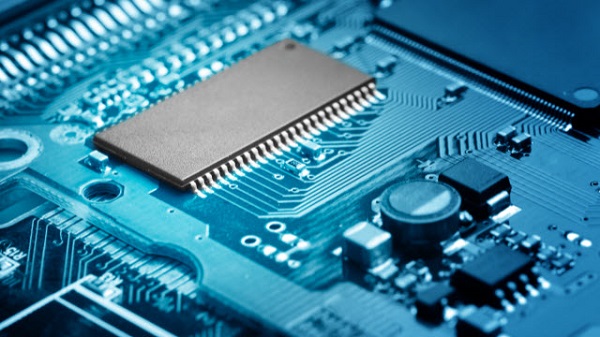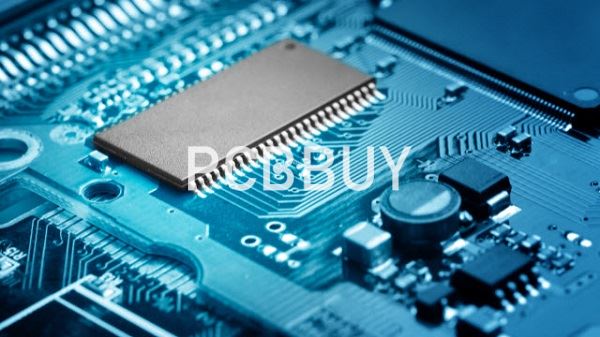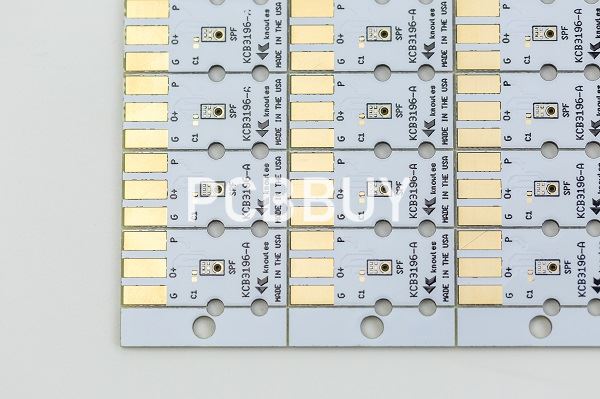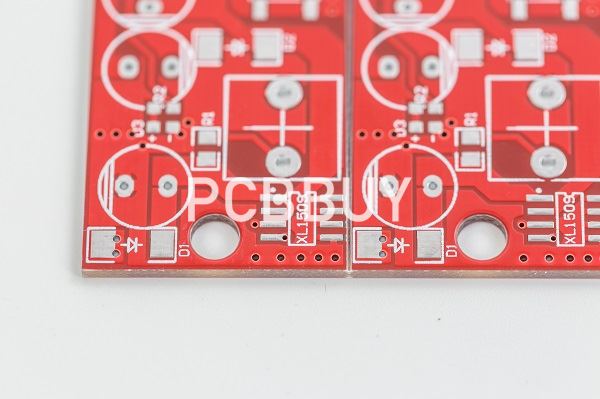How to Design Your PCB for Low EMI?
By:PCBBUY 04/13/2022 10:04

Some components will produce EMI no matter what design rules you follow — especially small, high-speed parts. Fortunately, shielding and filtering can keep this EMI’s effects to a minimum. Some shielding and filtering options include the following: There are EMI/EMC regulations and standards you have to pass before your product can go to market. Let’s dive into the common techniques you can employ to reduce EMI in your PCB designs.
Do you know what EMI in PCB is? If you are curious about the basic knowledge about EMI in PCB, please check and read the content below for more information.

What are the challenges of EMI in PCB?
The general effects of electromagnetic interference between electronic devices are noticeable. Wireless communication systems are interrupted by unexpected broadcasts, automotive systems may malfunction, and advanced sensors used in medical or other applications may not transmit the complete or correct data. Flight attendants still make a similar request before the takeoff and landing of commercial flights. Even back in CB radios’ days, we learned to avoid revving our cars’ engines to reduce the engine noise from our transmissions. But EMI prevention goes much further than that, and there are many different design standards in place to specify how much interference is or isn’t allowed:
· IEC 60601-1-2 is a series of standards that define medical equipment’s essential performance and safety expectations when confronted with EMI.
· CISPR 12 is a regulatory requirement to ensure that automobiles’ internal combustion engines do not interfere with wireless communication when the vehicle is near residences or businesses.
· CISPR 25 ensures the performance of radios and other communication equipment mounted in vehicles equipped with internal combustion engines.
What are PCB design rules for checking tools?
PCB design is so complicated that numerous layers and lines are concerned in it. For engineers, it's quite difficult and boring to manually check the routing of each EMI/EMC key network. Automated tools are capable of extracting PCB design from CAD files and reporting positions violating design rules to users. Generally speaking, these software tools can allow users to predetermine design rules as limiting condition and can even create new rules under the condition of available PCB technologies and speed.

PCB rule checkers can be repeatedly applied during the period of PCB design in order to ensure the design without violating important EMC rules. If PCB is only examined in the final design step, modification in accordance with rules will possibly take much time and even can't be implemented. The examination of multilayer PCB design during the period of design results in the avoidance of large-scale modification based on EMC rules following.
PCB design rule checker runs at a very large speed and examines the design rules of each PCB. Nevertheless, these tools just simply provide some hint for users and fail to provide instructions according to the order of severity concerning rules breaking. Some newly-presented PCB software checking tools are capable of associating phenomena of rules breaking and reflecting the information about data rate of signals and degree of rules breaking, which is beneficial for designers to eliminate specific occurrence of rules breaking.
How to design PCB with low EMI?
There are two types of electromagnetic emission; conducted and radiated emission. Conducted emission enters the system through power input lines and cables. While, the radiated emission happens due to electromagnetic waves from power and communication lines, switching devices, and electrostatic discharges. It propagates through the air from electronic devices and traces, to interfere with other electronic systems. Examples are mobile and laptops interfering with aircraft electronics. Conducted interference can be mitigated by introducing line filters connected close to the power input or near the connectors. Another effective method for reducing conducted interference is using a ferrite core/ferrite ring. Ferrite core employs high-frequency current dissipation in a ferrite ceramic to build high-frequency noise suppression devices.
How to design a board with low or absolutely zero electromagnetic interference? Well, it isn’t impossible. The below design practices will make sure you do not create antennas, which will emit electromagnetic energy. These best design practices will reduce the length and area of the potential signal return paths that may increase unwanted EM emissions. The multi-layers stack-up will play a critical role, particularly in high-power and digital applications. Signal traces from components to the processor should be properly routed to avoid any return path, which could lead to common-mode signal generation.

The use of surface-mount devices (SMD) instead of leaded devices will further reduce EMI/EMC issues. Surface-mount devices (SMD) offer lower inductances in comparison with RF energy. Additionally, SMDs offer higher density due to closer component placements. This is particularly critical in a two-layer or four-layer circuit boards. However, the rising complexity in the PCB design will create more problems associated with line spacing or trace spacing. The dense physical dimensions of SMDs will offer more effective noise-control. Collect more information on surface-mount devices in this article The Advantages and Disadvantages of Surface Mount Technology (SMT).
Leaded components with higher inductances will generate a resonant frequency of more than 100MHz. Therefore, the adoption of a large number of through-hole components is not recommended as they generate excessive noise. There are no hard and fast rules for PCB design. Some design rules apply to a certain type of board but not feasible for other types. Nonetheless, at Sierra Circuits, we have curated some general PCB design rules, common to all board types.
Industry Category











